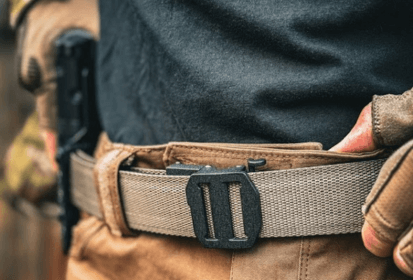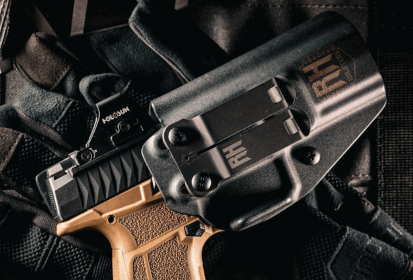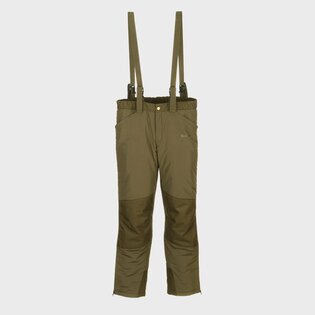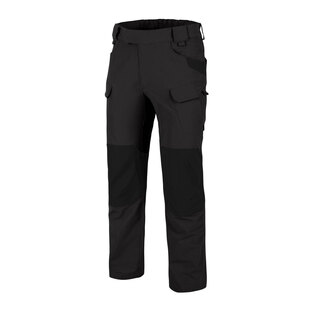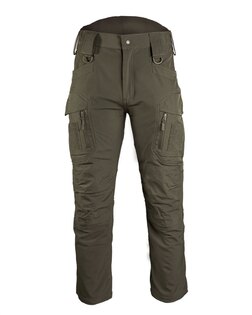Winter pants that won't freeze your butt. How to choose correctly?
Choosing outdoor pants for winter is no science. It is enough to follow a few simple rules, monitor certain parameters and answer a few basic questions in advance. In proper winter pants, your butt will not freeze in winter, on the contrary, you will be comfortable even during long events in cold and adverse weather. Even if it doesn't seem like it in the last few days, the cold and frost are grinding their teeth on us again. Don't be surprised and prepare in time!
Outdoor is not the city
The word outdoor can be translated and defined as the space that is located outside of the door of our home. However, when this word was borrowed into Czech and some other non-English languages, the meaning changed slightly, so we can actually exclude the city and its specific conditions from the outdoor environment. In a city where, if necessary, you can easily fit into a warm cafe or shopping center, you don't really need any special pants. All you have to do is put on your favorite jeans or chinos and you'll be fine even in sub-zero temperatures.
On the other hand, nature, i.e. the real outdoors, is a different story. You should be properly equipped for a one-day or multi-day winter trek. In addition to proper boots and socks, it is also a matter of course that the correct choice of the bottom layer of clothing should be formed by underpants made of functional material, namely natural, synthetic, or a combination thereof.
Mind that pure cotton is not suitable as a bottom layer, because it absorbs moisture from the body, but does not remove it, so you can "bath in your own juice" for the rest of the trip. A great solution, on the other hand, is merino wool, which is the only natural material that will keep you warm even when it's wet. In this case, you will pay a little extra, but the resulting comfort is really worth it. In combination with synthetic material, you get clothes that are warm, dry quickly and wick sweat away even during aerobic activities.
But now let's get to the pants themselves, i.e. the top layer of outdoor clothing for the lower body.
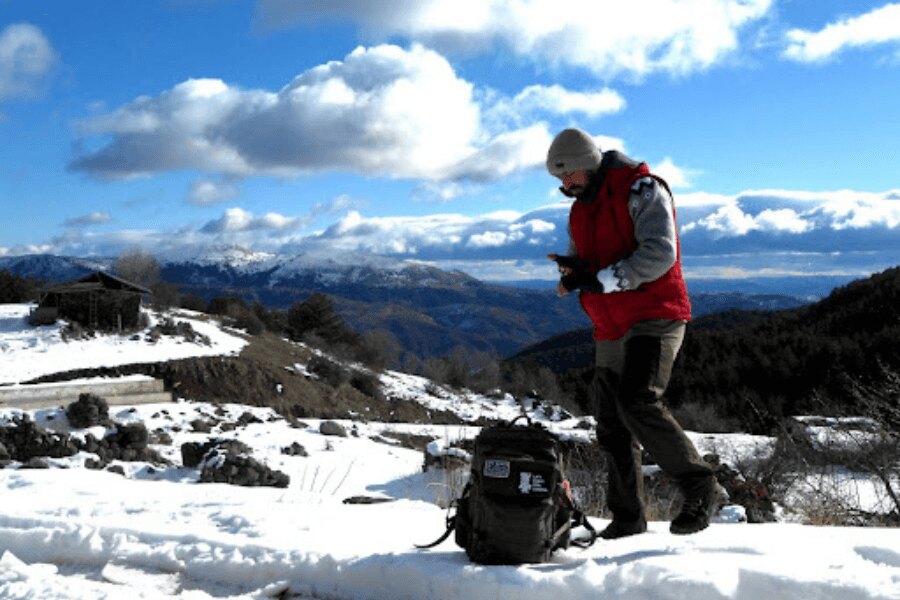
Choosing winter outdoor pants is important, but don't forget about quality boots, socks and underpants.
Lots of questions
When choosing outdoor pants for winter, be guided by simple questions to ask yourself before diving into the pros and cons of each model. Individual winter trousers naturally have to withstand moisture, winter and snow, but otherwise the choice is purely up to you and your specific preferences.
What else to think about before the actual purchase?
- Who will I buy the pants for?
- What conditions should they handle?
- What activities will I do in them?
- How much do I want to invest in them?
- What functional elements and lifehacks must they not miss?
Non-insulated versus insulated pants
In principle, you can choose from two basic types of trousers for winter movement in nature. These are non-insulated and insulated pants. Let's first look at the first option, which is lighter and cheaper, but not suitable for extreme conditions.
Non-insulated pants
We can primarily divide non-insulated trousers according to material. It can be either natural or synthetic. We've already talked about cotton, and due to poor moisture removal from the body and slow drying, pure cotton really isn't suitable for anything other than the city.
In the case of non-insulated trousers, it is ideal to combine cotton with polyester, or even better with nylon. It is on the basis of nylon that a few interesting patented materials have "swarmed" recently, the functional properties of which are better than we could have imagined just a few years ago. An important component of functional pants is also the admixture of elastane, which can make the pants more flexible and comfortable to wear.
It should be kept in mind that with non-insulated pants, the primary source of heat is the wearer's body temperature. Such pants are therefore intended exclusively for situations where you show a certain level of physical activity. In other words, you shouldn't stop moving in non-insulated pants, otherwise you'll catch a cold and, at best, "catch the wolf," (a Czech expression for an intertrigo) and at worst, you'll end up in bed on such a trip.
In addition to the material, features such as tightening at the waist or cuffs at the ankles are also important for non-insulated trousers, which prevent unnecessary heat leakage in these areas.
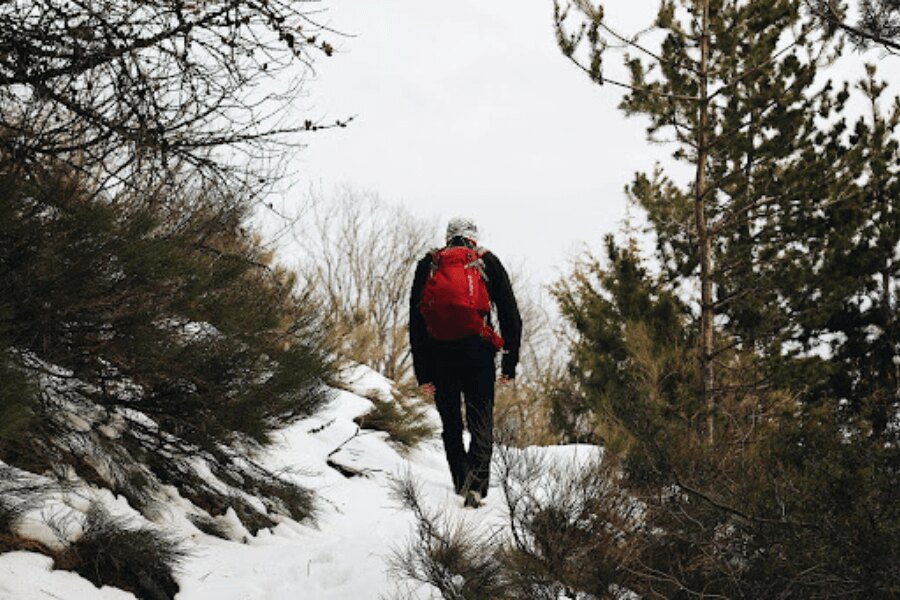
Non-insulated pants are suitable for more intense aerobic activities. For lighter activities and a longer stay outside, choose insulated options.
Insulated pants
Then we have insulated pants. They have two fundamental advantages compared to non-insulated ones:
- they warm up faster without you having to engage in more physical activity,
- they insulate better, in other words they keep body temperature much longer.
The most commonly used materials include softshell, nylon, elastane or other synthetics, and if you want to enjoy real luxury, you can go for feather insulation. But beware, when such insulation gets wet, it dries much more slowly.
For insulated pants, pay attention to the weight of the insulating material. Of course, the higher the weight, the better the insulation fights the cold outside. Classically, the grammage of insulated trousers varies between 40 and 120 g/m². For Central European conditions without any extreme fluctuations, approximately the golden mean will be sufficient.
Softshell versus hardshell
Softshell for drier conditions
Even insulated winter pants have their own categories. Softshell is more suitable for drier, although still cold, environments. Softshell pants tend to have good breathability and at the same time have excellent wind resistance.
You can find an opening at the bottom of the leg, thanks to which you can combine the pants with outdoor boots. After you put the pants on, they wrap around your boots, so snow and wind don't get inside your footwear. Some models of pants are also equipped with side ventilation, thanks to which you can continuously regulate the temperature inside so that you do not sweat, but at the same time you are not cold.
Hardshell is a friend in the rain
And then there are hardshell pants, which are suitable for situations where you can count on a wetter winter, heavy rain or wet snow. Hardshell pants are also referred to as membrane pants. They use patented materials with a high water column, such as Gore-Tex. The structure of these materials is many times smaller than a drop of water, which runs down the surface instead of being absorbed into the material. On the contrary, it is many times larger than a moisture molecule, which can effectively evaporate from the inside out. Breathability will thus be preserved.
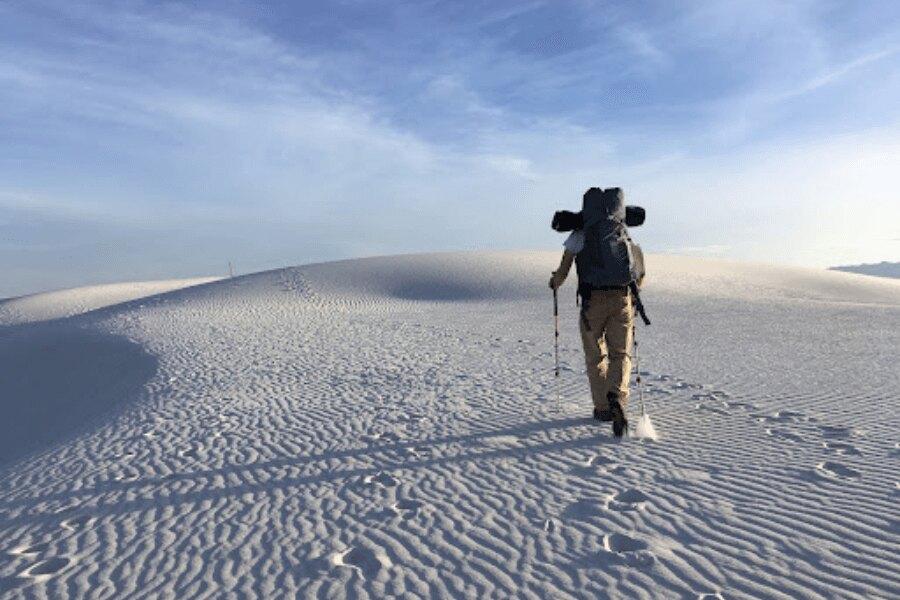
The most commonly used materials include softshell, nylon, elastane or other synthetics, and if you want to enjoy real luxury, you can go for feather insulation.
Size and other parameters
- Size
Finally, it is important to choose a model of pants that is comfortable and fits your body as well as possible. That's why it's good to get the size right and, if possible, follow the size chart. You don't have to hit it off the first time with us. If you need a bigger or smaller size, you can easily change the pants.
- Breathability
Breathability is one of the key features of outdoor pants. Sweat and condensed moisture, which the material of the pants takes on when in contact with the lower layer of clothing, must be efficiently distributed further and removed to the outside environment.
- Wind resistance
The outer layer of winter pants should also be wind resistant, because wind is a very risky factor, especially in winter conditions.
- Elasticity
Another important feature is elasticity, especially in the crotch and knee area. Movement in the pants must be free and unrestricted, so that a trip to nature does not become an ordeal for you after just a few hours.
- Functional features
Important functional features of winter pants include pockets, which should be designed so that you can warm your hands in them if necessary. Some of the winter pants in our offer are also equipped with a bib or suspenders. This solution prevents blow-through and heat leakage, for example in situations where you lean forward during dynamic movement. For the same reason, if you choose pants with no suspenders, you need to pay attention to the height of the waist. Naturally, the higher the better.
Rigad tips
1) Snugpak® Parallax Insulated pants
And now let's take a look together at a few examples from our offer, which you definitely can't miss. The benchmark in the field of not only insulated clothing, but also sleeping bags, is the British brand Snugpak, which presents its Parallax Insulated winter pants. These trousers differ from the popular Sleek (Reversible) Salopettes mainly in that they have suspenders instead of a bib.
Like all Snugpak products, the Parallax Insulated pants are made in the UK. This model is made for winter and discomfort. They are windproof, breathable and water-repellent and offer lots of practical lifehacks.
The comfort temperature is set at -5 °C, so even with minimal movement (for example, when patrolling) they will keep you warm even in freezing weather. You can improve thermal comfort even more by combining them with suitable underpants.
These pants use patented materials, including the exclusive Softie Premier filling taken from sleeping bags or the Paratex Light outer fabric, which is light, breathable, but at the same time resistant to weather conditions and mechanical damage. Other practical features include, for example, reinforcement in the knee and seat area, two-way side zippers along the entire length of the pants or a comfortably designed, partially elastic waist.
2) Helikon-Tex® OTP® VersaStretch® softshell pants
Are you wondering what the abbreviation OTP means? They are Outdoor Tactical Pants. They are perfectly suited for both tactical and military purposes, as well as for various outdoor activities. This model is based on the concept of the popular UTP (Urban Tactical Pants), but unlike them, they have a slightly more civilian look and correspond better with use outdoors. However, all functionality was fully preserved.
And why choose these pants for the terrain? Mainly for their durability. They are waterproof, but thanks to the Dupont Teflon Shield+ surface treatment, they also resist oil and are resistant to stains. The knee area is reinforced and includes pockets for low profile knee pads. The lower edge of the leg is equipped with a drawstring.
The trousers have a total of 10 practical pockets, and their carrying capacity is further increased by two strong fabric loops for e.g. D-rings or carabiners. The belt loops are wide and are compatible with service belts up to 5 cm wide. Anatomic cut and adjustable waist ensure comfort and a good range of motion.
3) Mil-Tec® Assault softshell pants
These Mil-Tec pants are also intended for tactical and outdoor activities. A modern cut, narrow legs and a raised waist at the back ensure comfort when moving.
The material is three layered. The outer layer of polyester and elastane provides flexibility and mechanical resistance. The middle layer consists of a membrane that ensures breathability and good drainage of moisture from the body. The pants have a water column of 5,000 mm, which is optimal for the central European conditions. The inner layer is insulated in the form of fleece.
The pants have reinforced knees and drawstring in the bottom edge of the leg, wide loops for the service belt, loops for fastening suspenders and a total of 6 pockets and 2 D rings for fastening small equipment.
Readers are further interested
